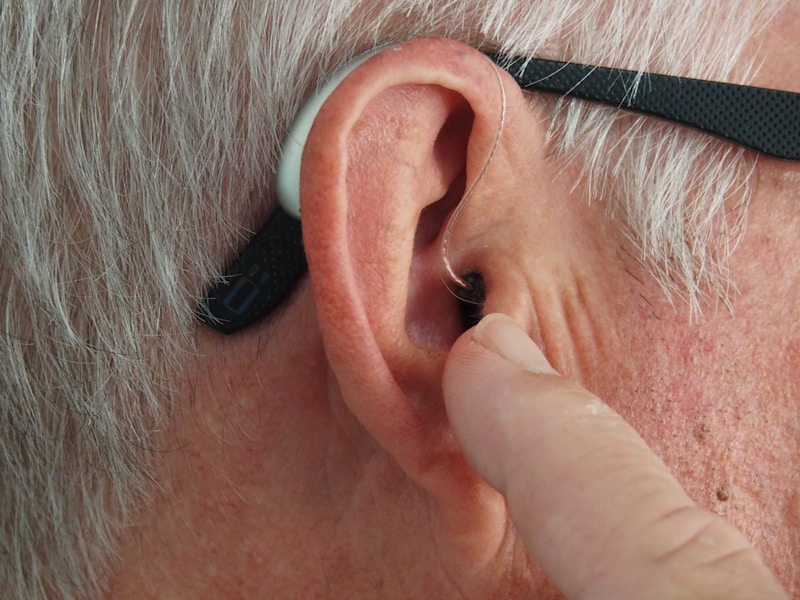Podcast
Questions and Answers
Match the following concepts related to mindfulness in daily life:
Match the following concepts related to mindfulness in daily life:
Awe = Mindfulness in daily life Relationship to concept of flow = Mindfulness in daily life
Match the following concepts related to lovingkindness meditation:
Match the following concepts related to lovingkindness meditation:
Gamma waves and neural synchrony = Neuropsychological effects Neurocardiac coupling = Neuropsychological effects Optimism and prefrontal dominance = Neuropsychological effects Empathy and ability to identify microexpressions = Neuropsychological effects
Match the following concepts related to applying mindfulness to daily life:
Match the following concepts related to applying mindfulness to daily life:
Enjoying the present moment = Applying Mindfulness to Daily Life Engaging in activities with full focus of attention = Applying Mindfulness to Daily Life Not thinking of the future or the past = Applying Mindfulness to Daily Life Awareness of the contact between feet and the Earth = Applying Mindfulness to Daily Life
Match the following concepts related to research issues in mindfulness:
Match the following concepts related to research issues in mindfulness:
Signup and view all the answers
Match the following mindfulness practices with their descriptions:
Match the following mindfulness practices with their descriptions:
Signup and view all the answers
Match the following concepts related to mindfulness with their descriptions:
Match the following concepts related to mindfulness with their descriptions:
Signup and view all the answers
Match the following statements about flow with their descriptions:
Match the following statements about flow with their descriptions:
Signup and view all the answers
Match the following statements with their corresponding effects of meditation:
Match the following statements with their corresponding effects of meditation:
Signup and view all the answers
Match the following statements with their corresponding findings in meditation research:
Match the following statements with their corresponding findings in meditation research:
Signup and view all the answers
Match the following statements with their corresponding aspects of meditation practice:
Match the following statements with their corresponding aspects of meditation practice:
Signup and view all the answers
Match the following concepts with their descriptions:
Match the following concepts with their descriptions:
Signup and view all the answers
Match the following strategies with their effects on flow experiences:
Match the following strategies with their effects on flow experiences:
Signup and view all the answers
Match the following physiological responses with their association to flow experiences:
Match the following physiological responses with their association to flow experiences:
Signup and view all the answers
Match the following descriptions with their association to compassion meditation (LKM):
Match the following descriptions with their association to compassion meditation (LKM):
Signup and view all the answers
Match the following terms with their associated descriptions:
Match the following terms with their associated descriptions:
Signup and view all the answers
Match the following statements with their corresponding results:
Match the following statements with their corresponding results:
Signup and view all the answers
Match the following terms with their associated effects:
Match the following terms with their associated effects:
Signup and view all the answers
Match the following terms with their associated findings:
Match the following terms with their associated findings:
Signup and view all the answers
Study Notes
Effects of Compassion Meditation on Brain Waves and Cognitive Functioning
- Compassion meditation involves generating feelings of benevolence and compassion, causing them to "pervade the mind as a way of being."
- Long-term Tibetan meditation practitioners who had logged in 10,000-50,000 hours of practice showed high levels of activity in gamma-band frequencies (25-42+ Hz) and increased neural synchrony during compassion meditation.
- Novice meditators who engaged in compassion meditation also showed an increase in gamma activity, although the increase was slight.
- Gamma waves are a type of very high-frequency brain wave associated with enhanced attention, working memory, learning, and conscious perception.
- Increased synchrony between various sections of the brain indicates greater integration of cognitive and affective functions and less dissociation, which is associated with aging and cognitive decline.
- Meditation practitioners reported experiencing a change in the quality of moment-to-moment awareness and perceptual clarity during compassion meditation.
- Exposure to strobe lights and clicking sounds at frequencies that stimulate gamma waves reduced levels of beta-amyloid associated with Alzheimer's disease and improved cognitive function in mice.
- Gamma-wave oscillations induced by clicking sounds at 40 Hz reduced levels of amyloid-beta and tau-proteins in the brain and improved microglia activation and blood vessel functioning in mice with Alzheimer's-like qualities.
- A combination of light and sound stimulation resulted in reduced amyloid pathology and clustering of microglia around amyloid deposits in mice.
- Mice given 6 weeks of gamma entrainment using strobe lights showed increased gamma brain waves, reduced neuronal and synaptic loss, reduced inflammation, and improved performance on memory tasks.
- Compassion practice is associated with heart rate elevation and neuro-cardiac coupling, which is the coupling of activity in the insula with heart rate.
- Clinical trials using human participants are being conducted to further investigate the effects of compassion meditation on brain waves and cognitive functioning.
Studying That Suits You
Use AI to generate personalized quizzes and flashcards to suit your learning preferences.
Related Documents
Description
Test your knowledge on the effects of compassion meditation on brain waves and cognitive functioning in this enlightening quiz. Explore the fascinating research findings and learn how this practice can enhance attention, memory, and overall cognitive abilities. Discover the potential benefits for aging and cognitive decline.




